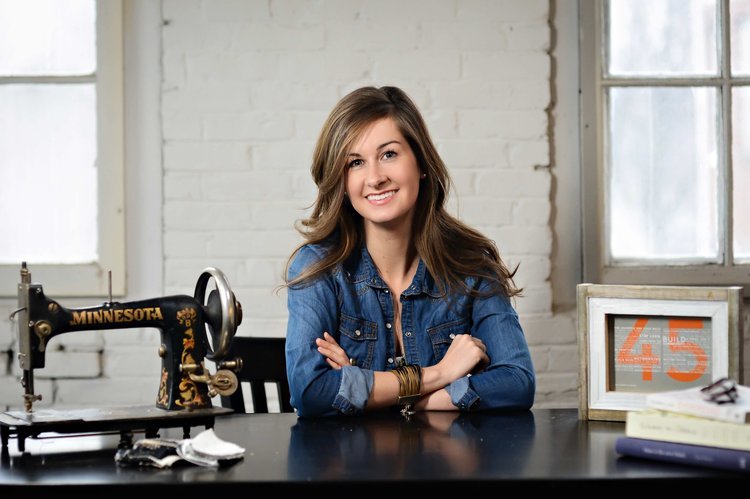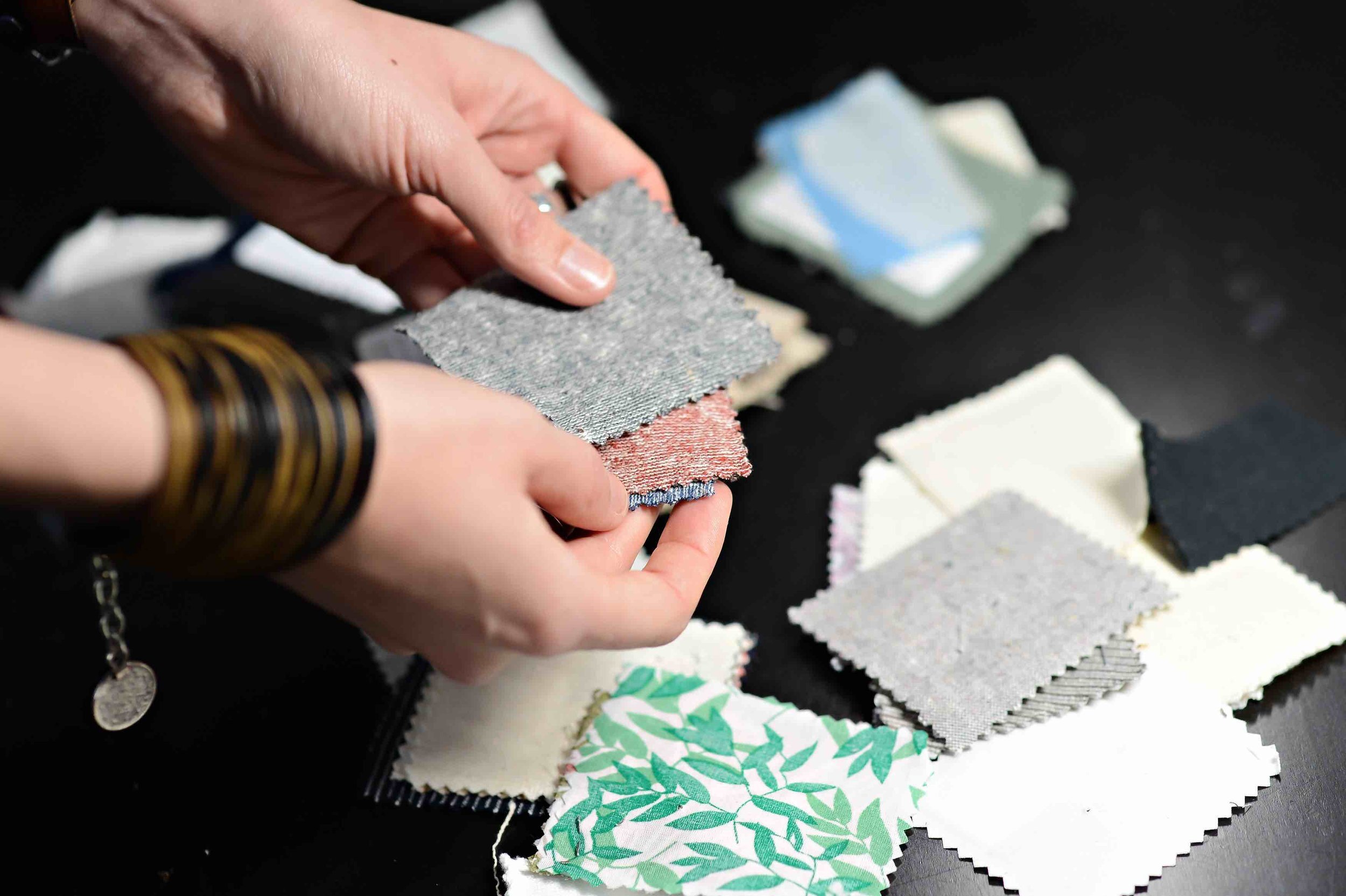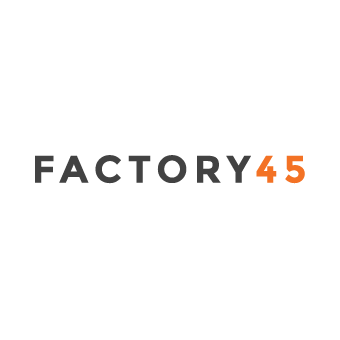
The State Of Sustainable Fashion: Shannon Whitehead Lohr, CEO of Factory45
Meet Shannon Whitehead Lohr, CEO of Factory45
In 2010, Shannon Whitehead Lohr was starting her own sustainable clothing company fueled by a desire to help change the fashion industry with thoughtful design and ethical manufacturing. She quickly discovered how difficult it can be to find the right production partners, take a sustainable product to launch and market a sustainable fashion brand. Fast forward 6 years and Shannon has created Factory45 as an online accelerator program that takes sustainable apparel companies from idea to launch. Her company recently published a report on The State of Sustainable Fashion Entrepreneurship and we were excited to talk through some of their findings on the growing industry.
Factory45 trains and educates entrepreneurs all over the country to create sustainable and ethical alternatives to the mainstream fashion industry. What inspired your desire to create an accelerator program for sustainable fashion startups?
I created Factory45 based on my own experience of starting a clothing company back in 2010. It took me and my then co-founder a year and a half to make any traction because the industry is so hard to break into. Of course it’s difficult to start a company, but it’s even harder to start a fashion company with sustainability and ethics at the forefront. By creating Factory45, I wanted to make it easier for entrepreneurs and designers, so I built the program I would have wanted when I was first starting out.
Sustainable apparel companies often struggle to source eco-friendly fabrics, find ethical manufacturers and raise money to fund their production. What are some of the ways ethical and sustainable fashion companies are overcoming these challenges?
There are so many more resources than there used to be, even six years ago, to help aspiring fashion entrepreneurs get started. The smart designers are tapping into those resources while getting scrappy, asking for help and seeking out a mentor or community.
More than any other industry, I think the domestic manufacturing landscape in the U.S. can be intimidating and it’s so important that new entrepreneurs know how to “talk the talk and walk the walk.”
The ones who overcome the sourcing and production challenges are the ones who learn how to effectively reach out to suppliers, show their potential value to the factory, take time to build a relationship and have an air of humility throughout the learning curve.
your recent report on the The State of Sustainable Fashion Entrepreneurship 2016 is so helpful to understanding the growing industry. One of the key takeaways is that it is now easier than ever to start a sustainable brand. What role do you think consumers have played in the increased demand for transparency from designers and brands?
“Consumers forget that they have the chance to vote each and every single day for the type of world they want to live in.”
It’s become a bit of a cliche, but consumers really do have the power and they can exercise it in the way they spend their dollars. I think the average citizen can sometimes get caught up in the politics and bureaucracy that we have to deal with — especially in this election year — and they forget that they have the chance to vote each and every single day for the type of world they want to live in. Every day I work with entrepreneurs who don’t have the resources, money, marketing bandwidth and employees that the fast fashion brands do and yet, they’re still committed to making clothing that’s better for all of us. If consumers choose to stand with them, then it will show the big brands that we do demand more transparency and expect more.
What do you project for the future of the sustainable fashion industry? Are there any consumer driven trends you are watching carefully?
As the report indicates, there are three main trends that I’m seeing for the future of the fashion industry:
Supplier and factory costs can’t keep up with the rock bottom prices that the fast fashion industry tells the consumer they should expect.
The big retailers will eventually be forced to keep up with the precedent that independent brands are setting as millennials grow up and account for more purchasing power.
Consumers are demanding more supply chain transparency and small indie brands are delivering.
The third one, which is a consumer-driven trend, is particularly interesting because despite what previous reports have said, there is a niche of concerned consumers who are powerfully dedicated to the pursuit of a transparent fashion industry.
I think it will be those consumers, and the indie brands that respond, who will set the precedent for the future.
The choices and considerations for the modern consumer can be overwhelming. What do you look for personally when you are trying to purchase products responsibly or ethically?
When I was in my early twenties and didn’t have any money I shopped only secondhand from thrift shops. When people say they “can’t afford sustainable fashion” I tell them to buy thrifted clothing. There is nothing more sustainable than making use out of something that would otherwise be thrown into a landfill, and most thrift store fashion is on par or cheaper than fast fashion.
As I’ve reached my early thirties and have more of a disposable income, I’m able to buy sustainable apparel that may have a higher price point because it’s well made and will last me a long time. My rule of thumb is:
Is it a staple that I can wear for years to come?
Do I know where it was made (not just the country, but will the company tell me about its manufacturing process)?
Is it made of primarily natural fibers? (Petroleum-based fabrics and synthetics are no good and take decades to decompose in landfills.)
I think more than anything, I’ve learned to only buy clothing that I know is well made and will last me a long time. The average American throws away 84 pounds of textiles every year and that’s really where we need to start making change.
Organic and sustainable fabrics are great, as is ethical manufacturing, but we need to start consuming less clothing as a society and find more value in the garments we already have.
“Organic and sustainable fabrics are great, as is ethical manufacturing, but we need to start consuming less clothing as a society and find more value in the garments we already have.”


